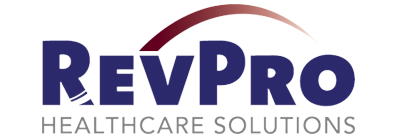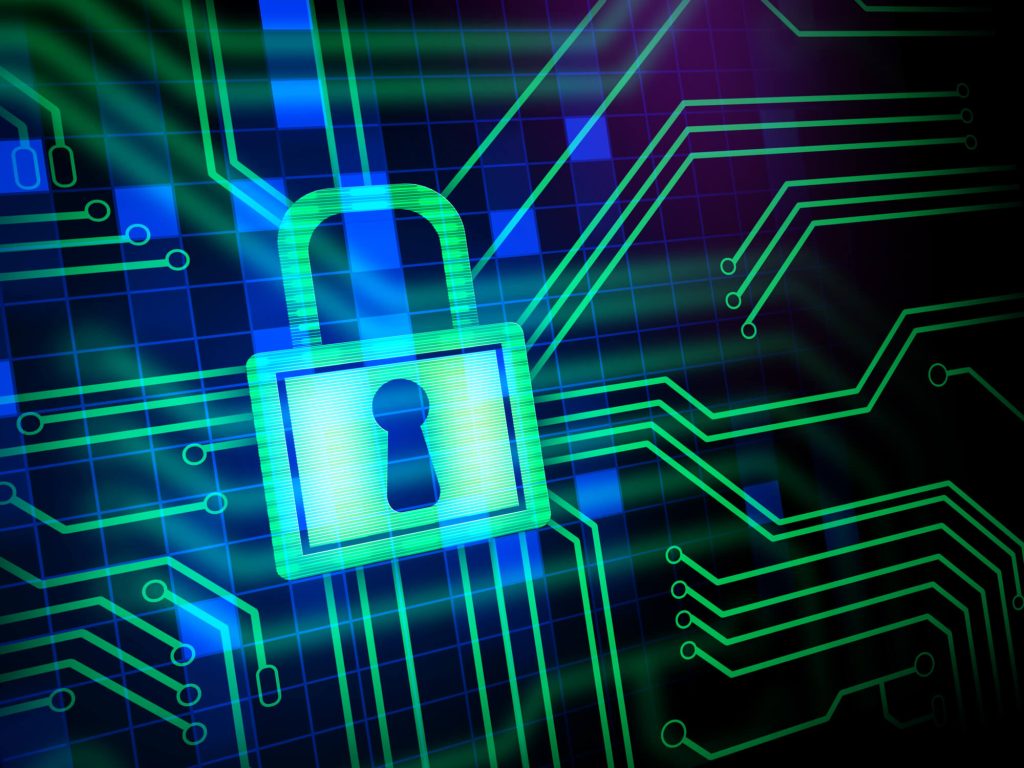In the digital age, data protection should be a high priority for healthcare providers. As medical records transition to electronic formats, it’s crucial to implement robust safety practices to safeguard this sensitive data from potential breaches.
Implementing Strong Access Controls
Strict User Authentication: Implementing strong password policies and two-factor authentication can significantly reduce unauthorized access risks. Regularly updating and managing user access ensures only authorized personnel can view or handle patient data when needed.
Data Encryption & Backup
Encrypting Sensitive Information: Encryption transforms data into unreadable formats for unauthorized users, providing a crucial layer of security. This data won’t be recognizable to an unauthorized user without the proper decryption methods. Regularly backing up patient data also prepares healthcare providers for any data loss scenarios, ensuring continuity and high redundancy.
Maintaining Up-to-Date Systems
Software and Hardware Updates: Keeping all systems updated with the latest security patches are essential. Outdated software can be a gateway for cyber-attacks, so routine updates and maintenance are critical for data protection. It’s also important to update internal software for specific programs you utilize on your devices.
Educating Staff on Data Security
Ongoing Training Programs: Regular training sessions for healthcare staff on the latest data security practices and potential cyber threats can significantly bolster a clinic’s defenses. Understanding the important of data security and recognizing phishing attempts or other suspicion activity can prevent many breaches.
Developing a Comprehensive Security Policy
Establishing Clear Protocols: A well-defined security policy, regularly reviewed and updated, provides a clear guideline for staff on handling patient information. This policy should include procedures for reporting breaches, responding to data theft or loss, and how to identify illegitimate data requests.
Monitoring & Auditing System Access
Regular Audits: Regularly monitoring and auditing access to patient information helps in identifying any unusual or unauthorized activities. This ongoing vigilance is key in detecting and addressing potential threats early.
Protecting patient information is not just a regulatory requirement, it’s a commitment to patient trust and privacy. By adopting these best practices, healthcare providers can enhance the security of patient data, fostering a safer healthcare environment. For more tips on improving your healthcare facility, be sure to head to our blog page for more information.
Share This Article:

